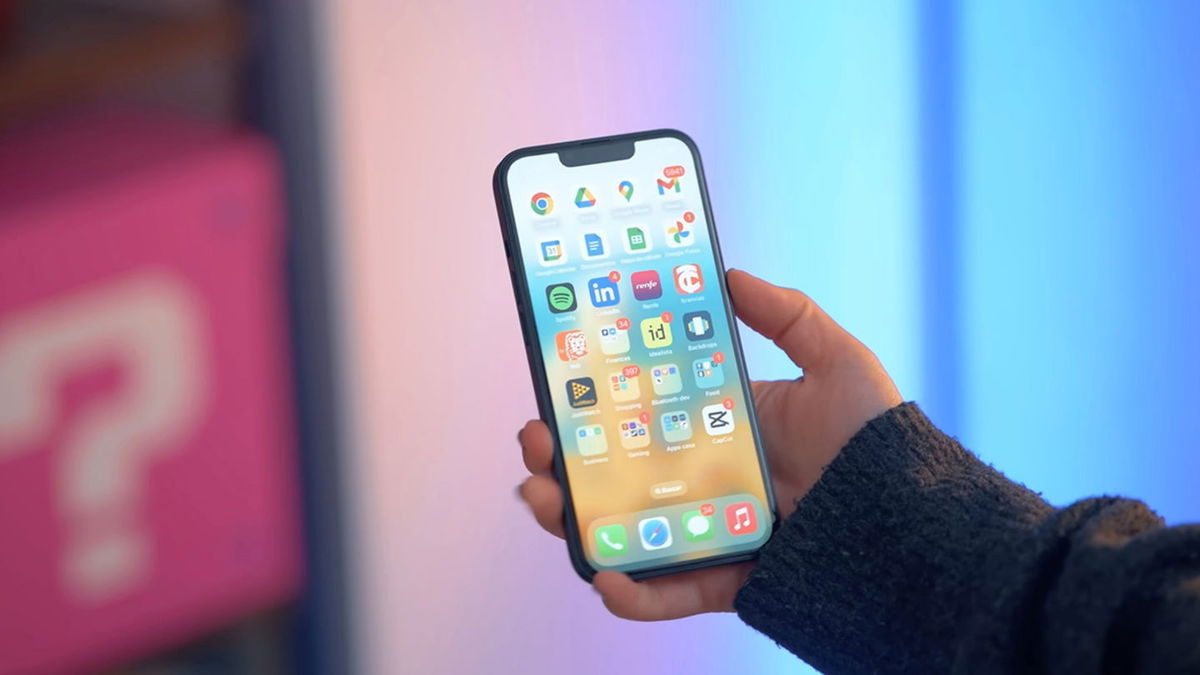The Spanish space company PLD Space carried out the first test launch of the Miura-1 suborbital launch vehicle. The launch marked the first successful launch of a rocket built entirely in Spain.
As Espacio clarifies, Miura-1 was launched from the El Arenosillo test center of the National Institute of Space Technologies in the municipality of Huelva on October 7 at 03:19 Moscow time.
Photo: PLD/X Space
The flight was to last about 12 minutes, during which the rocket would rise to a height of 80 km from the Earth’s surface, where the limit of space is located according to NASA’s classification.
The publication highlights that this classification is not generally accepted. The International Aeronautical Federation considers the lower limit of space to be the Karman line, which is located at an altitude of 100 km above sea level.
PLD Space CEO Raúl Torres confirmed on his X account that Miura-1 did not reach its target altitude, rising almost 50 km. The flight lasted 306 seconds and ended with a splashdown in the Atlantic Ocean.
The businessman clarified that the PLD Space team consciously decided to change the trajectory for safety reasons. At the same time, PLD Space, according to the co-founder, considers the launch a success, since during the test the rocket demonstrated good flight and the ability to “form” different trajectories according to needs.
“We achieved all our objectives and made history,” Torres wrote. The launch of the Miura-1 is the first completely private launch in Europe.
The PLD Space co-founder said the latest launch was “the result of more than 12 years of hard work.” Now the company is ready to take on the development of the Miura-5 orbital launch vehicle.
Author:
Akhmed Sadulayev
Source: RB
I am a professional journalist and content creator with extensive experience writing for news websites. I currently work as an author at Gadget Onus, where I specialize in covering hot news topics. My written pieces have been published on some of the biggest media outlets around the world, including The Guardian and BBC News.










